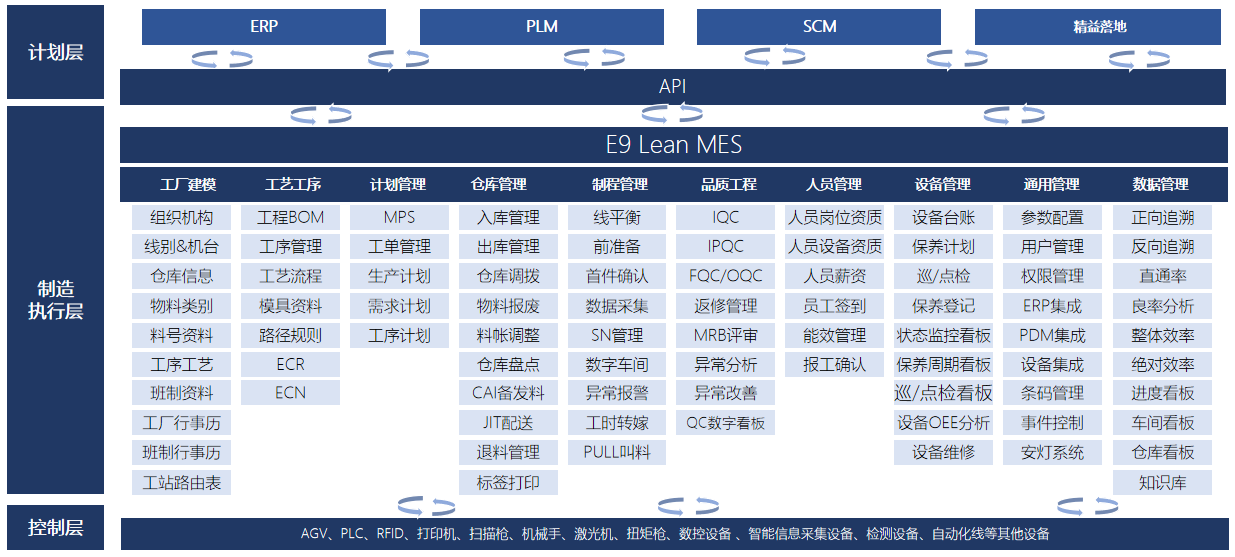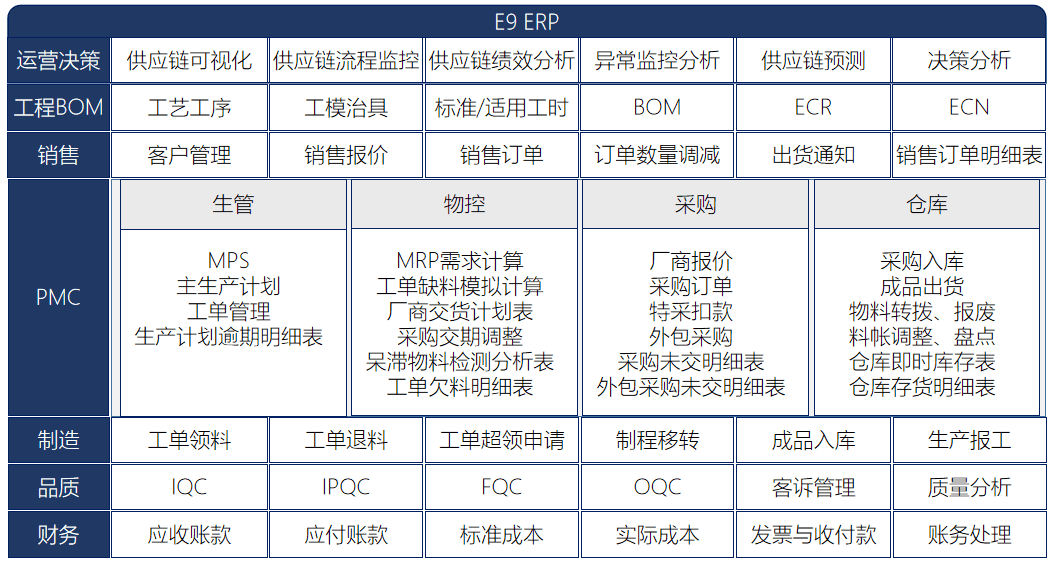ZWZ Shanghai R&D Center held a grand unveiling ceremony during 2023 March China International Bearing Exhibition
December 8, 2024 | News | No Comments
On March 8, ZWZ Group Shanghai R&D Center Co., Ltd., located at No. 29 and 33, Suhong Road, Minhang District, Shanghai, was officially put into operation.
At 10:18, the unveiling ceremony of ZWZ Group Shanghai R&D Center Co., Ltd. was held in Hall 3 of the National Convention and Exhibition Center (Shanghai). Liu Jun, Secretary of the Party Committee and Chairman of the ZWZ Group, delivered a welcome speech, Zhou Yu, Chairman of the China Bearing Industry Association, attended the meeting and delivered a speech, and Wang Zhanlin, Member of the Standing Committee of the Wafangdian Municipal Committee and Vice Mayor, attended the meeting and delivered a speech. Niu Hui, Secretary-General of China Bearing Industry Association, Qiang Pengcheng, Deputy Director of Shanghai Municipal Government Cooperation and Exchange Office, and Liu Longbang, Director of Dalian Municipal Government Office in Shanghai, attended the meeting. Zhang Xinghai, deputy secretary of the party committee and general manager of ZWZ Group, Wang Wei, member of the party committee and deputy general manager, Tan Jianguang, deputy general manager of the joint-stock company, and Guo Yufei and Li Yong, assistant general manager of the group company attended the meeting. Yu Changxin, assistant general manager and chief engineer of ZWZ Group, introduced the situation of Shanghai R&D Center Co., Ltd. More than 40 strategic partners of ZWZ Group attended the meeting.
Liu Jun, on behalf of the party committee, the board of directors and the management of ZWZ Group, extended a warm welcome to the leaders at all levels, guests and colleagues who attended the unveiling ceremony, and expressed sincere gratitude to friends from all walks of life and industry elites who have cared about and supported the development of the Waxing Group for many years.
Liu Jun said that ZWZ Group has always kept in mind the historical mission of leading the industrial development, assisting the transformation and upgrading of the equipment manufacturing industry and strengthening the country through science and technology entrusted to us by the state, provinces and cities, and has focused on strengthening, optimizing and expanding the main bearing industry and accelerating the pace of high-quality development. In order to further promote the scientific and technological self-reliance of China's bearing industry, ensure the long-term development of the enterprise and its competitiveness in the global market, and implement the corporate mission of “intelligent manufacturing of more durable bearings”, after nearly a year and a half of careful preparation, the Shanghai R&D Center finally officially opened and put into operation today, which is another “milestone” in the development of the tile shaft. The R&D layout in the Yangtze River Delta will take full advantage of the advantages of Shanghai as the economic center and talent center of China, provide a new source for the technological progress and transformation and upgrading of enterprises, and promote the high-quality development of the bearing industry.
Liu Jun said that the establishment of the Shanghai R&D Center of ZWZ Group is to practice innovation-driven, improve R&D capabilities, and provide a strong guarantee for the company to achieve its strategic objectives. In the future, ZWZ Group will focus on the development of high-end products in various fields such as drive train bearings, wind power bearings, automobile bearings, precision machine tool bearings, cement bearings, metallurgical bearings, etc. The Shanghai R&D Center will mainly develop high-end new products in the above related fields, accelerate the pace of product update and iteration, accelerate the transfer and transformation of research and development results, expand market share, and consolidate the leading position in the industry.
Liu Jun said that the establishment of the Shanghai R&D Center of ZWZ Group is to gather high-end talents, break through key technologies, and complement each other's advantages with the national large bearing engineering and technology research center of the headquarters. Shanghai R&D Center will fully rely on the advantages of Shanghai's high-end talent concentration, continue to introduce high-end R&D talents, enrich the R&D team, so that Waxing Group will always maintain the leading position of technology and talent in the industry, accelerate the development ability of high-end products, gather Chinese wisdom, intelligently build more durable bearings, and improve the core competitiveness of enterprises, To lay a solid foundation for ZWZ Group to become a global bearing industry group with international competitiveness.
Liu Jun said that the establishment of the Shanghai R&D Center of ZWZ Group is to seize the market opportunity, quickly respond to customer needs, and make full use of its geographical and technological advantages to improve the visibility of enterprises and product competitiveness. The Shanghai R&D Center will play its core role and service role in radiating, diffusing, demonstrating and driving the surrounding areas, benefit a large number of bearing customers in Jiangsu, Zhejiang and Shanghai, and form a service model based on the Shanghai R&D Center to rapidly meet the market demand. At the same time, the Shanghai R&D Center will also serve as the “small headquarters” of ZWZ Group in Shanghai. The center will accommodate the core backbone of ZWZ Group's major industrial divisions and regional sales, and directly connect with the customer team 24 hours a day. By 2025, the Shanghai R&D Center will fully benchmark the international high-end bearing enterprises. The R&D team is expected to reach 40 people. More than 60% of the high-end products developed will reach the international advanced level, driving the market scale of 1-2 billion yuan.
Liu Jun pointed out that based on a new starting point and on a new journey, with the help of the East Wind of the 18th China International Bearing and Special Equipment Exhibition, we will witness the inauguration and operation of the Shanghai R&D Center of Waxing Group, which will further stimulate the enthusiasm and enthusiasm of Waxing cadres and staff to work as entrepreneurs, and let the Shanghai R&D Center really play the role of high-end talent gathering, R&D resource optimization, business collaboration and knowledge sharing, To provide a continuous stream of new impetus for the technological progress, transformation and upgrading of ZWZ Group, alleviate and gradually solve the “bottleneck” problem in China's bearing industry, and realize the common growth of Waxing employees, enterprises and all partners.
Yu Changxin, introducing the Shanghai R&D Center, said that in recent years, ZWZ Group has achieved the international layout of R&D from the National Large Bearing Engineering Technology Research Center, the ZWZ Group's American R&D Center, the ZWZ Group's European R&D Center to the Shanghai R&D Center of Waxing, in order to attract and cultivate talents and promote technological innovation. Our R&D mission and vision is to develop more durable bearings, which will be widely used in the world. In 2022, we began to prepare for the establishment of the Shanghai R&D Center. In the future, we will undertake multi-industry and multi-field R&D tasks. The professional R&D team led by experts will cooperate extensively with industry, university and research. It will gather high-end talents in the bearing industry at home and abroad, accelerate technological innovation, realize the rapid development of high-end products, enhance the comprehensive competitiveness of products, provide customers with the best solution for the whole life cycle of bearings, and lead the development of the bearing industry at home and abroad. The mission and vision of Shanghai R&D Center is to develop sophisticated bearings in technological innovation and solve the “neck” project around national projects; Realize linkage at home and abroad, and connect with international standards; Cultivate specialized experts in talent construction; Improve the influence of enterprises in brand publicity, build a more complete research and development system, provide customers with one-stop overall bearing solutions, and lead the domestic bearing industry technological innovation and localization replacement.
Wang Zhanlin said in his speech that ZWZ Group, as the birthplace of China's bearing industry and the pillar of Wafangdian's industrial construction, has made an indelible historical contribution to the development of China's bearing industry. The National Large Bearing Engineering Technology Research Center, the United States R&D Center and the European R&D Center have been built successively for the bearing. Today, the Shanghai R&D Center of ZWZ Group was successfully unveiled, marking that ZWZ Group has taken a new step in scientific and technological innovation. It is hoped that ZWZ Group will take this as a new opportunity and starting point to create a new and greater glory.
Zhou Yu, on behalf of the China Bearing Industry Association, expressed warm congratulations on the establishment of the Shanghai R&D Center for Bearing Shafts. He said that the establishment of the Shanghai R&D Center of ZWZ Group indicates the vitality of today and the fruitful results of tomorrow. I wish ZWZ Group take this opportunity to make more brilliant achievements on the road of scientific and technological innovation. ZWZ Group, the birthplace of China's bearing industry, has breathed and shared the destiny with the national economy and resonated with the national strategy in the past 80 years. The establishment of ZWZ Group's Shanghai R&D Center is an important milestone in the development of ZWZ Group. The national large bearing engineering technology research center and the research and development centers of ZWZ Group in the United States and Europe constitute the scientific and technological innovation system of ZWZ Group connecting domestic and overseas. The establishment of ZWZ Group's Shanghai R&D Center is not only a great event for ZWZ Group, but also a happy event for the bearing industry. The establishment of ZWZ Group Shanghai R&D Center coincides with the grand opening of the 2022 China International Bearing and Special Equipment Exhibition, which is even more joyful. Manufacturers from home and abroad gathered in Shanghai to share a feast of high-quality goods. The establishment of ZWZ Group's Shanghai R&D Center adds a bright color to the International Bearing Exhibition. Shanghai R&D Center can make enterprises better contact with the market trend, and can promote new products to the market faster. It is necessary to make full use of Shanghai's resources to improve the core competitiveness of enterprises. It is hoped that ZWZ Group will take the establishment of ZWZ Group's Shanghai R&D Center as an opportunity to continue to maintain its industry-leading advantage on the path of scientific and technological innovation, based on the present, take a long-term view, promote as a whole, deepen the global market, strengthen the marketing layout at home and abroad, achieve more scientific and technological achievements, build an industrial development ecology of innovation, cooperation, win-win, and complementary advantages, and build ZWZ Group into a bearing pilot enterprise with international competitiveness, Make due contributions to the improvement of the overall level of the bearing industry.
Liu Jun and Zhou Yu jointly unveiled the Shanghai R&D Center. Relevant leaders and representatives of key customers witnessed the unveiling ceremony.
Hu Kaiwei, General Manager of ZWZ Group Shanghai R&D Center, presided over the meeting. The participants then visited the Shanghai R&D Center of ZWZ Group.
About ZWZ
ZWZ has 9 manufacturing bases, 10 business divisions, 26 wholly-owned and holding branch companies and subsidiaries globally.
ZWZ owns two bearing brands, ZWZ and KRW. The company adopts international standards and can produce more than 20,000 specifications of bearing products in ten categories with various precision levels from 20mm inner diameter to 16m outer diameter, which are mainly used in industrial equipments, railway transportation, automotive vehicles, wind power and special applications.
ZWZ has a national large-scale bearing engineering and technology research center, a national enterprise technology center, a bearing inspection and test center, and overseas R&D centers in Europe and the United States, that has established 8 technology innovation platforms concerning simulating calculation, materials, lubrication, inspection and so on.
CONTACT
PERSON:Mr.Xu Wei
EMAIL:[email protected]
TELEPHONE:+ 86 0411 39118866
ADDRESS:No.1, Beigongji Street, Wafangdian City, Liaoning Province, China



